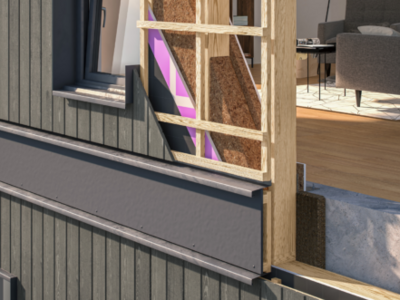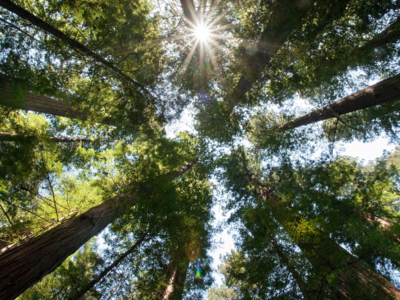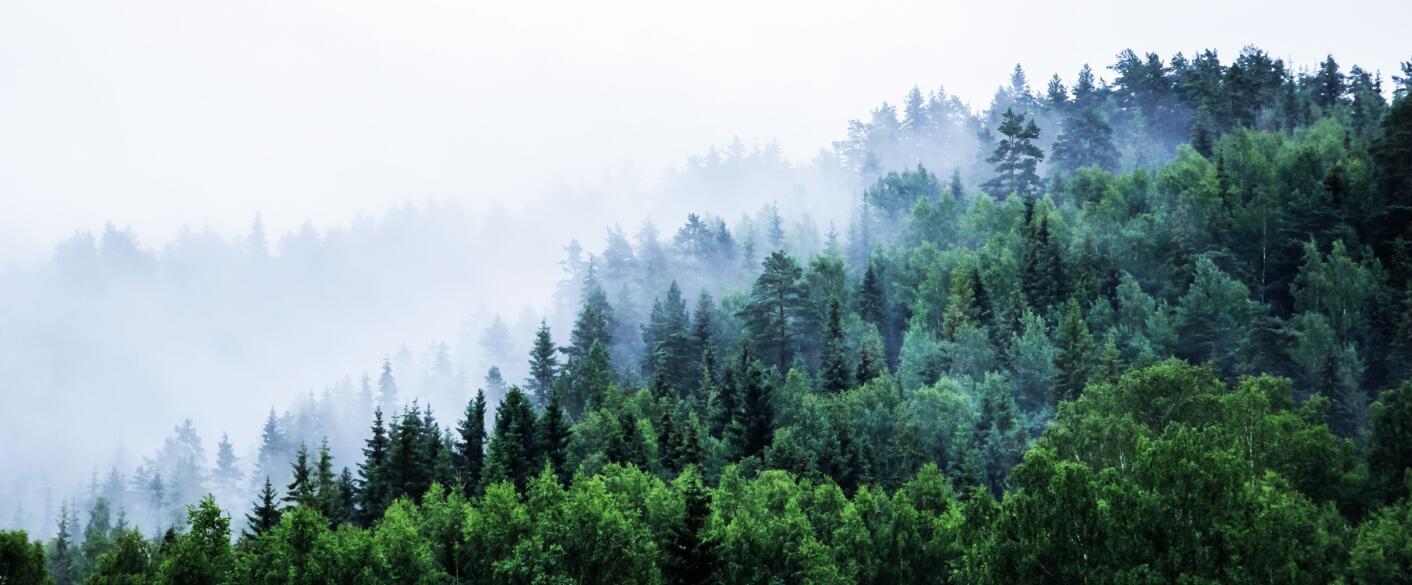Installing insulation before timber cladding
Installing insulation before timber cladding is an essential step in creating an effective thermal envelope for any building. This careful preparation not only ensures optimum insulation, but also provides additional protection against the elements, while improving thermal comfort and reducing energy costs in the long term.
Before installing wood cladding, it is therefore vital to choose the right insulation for the specific needs of the building, its geographical location and the regulations in force. There are many insulation options, from rigid boards to rolls and sprayed insulation, each offering its own advantages in terms of thermal efficiency, durability and ease of installation. Here are just a few examples : mineral wool insulation, cellulose insulation, sheep's wool insulation, wood fibre insulation, etc.
Wood cladding installation techniques for good external insulation
There are three main techniques for installing wood cladding for external insulation:
- Installation of "add-on" cladding.
The "add-on" technique for insulation with external cladding refers to a process in which the insulation is fixed to the external wall of the building, then covered with an additional layer of cladding material, often called cladding. This method adds an extra layer of insulation to the existing structure without affecting the interior space. In this technique, the insulation can be fixed directly to the outer surface of the walls, then covered with a rainscreen membrane to protect the insulation from damp. Cladding is then installed over the insulation, providing both additional protection from the weather and a decorative aesthetic to the building's façade.
- Installation of "double skin" cladding
The "double-skin" technique involves creating a structure with two external facings separated by a layer of insulation. This method provides effective thermal insulation while maintaining an attractive exterior appearance. In this technique, the first layer of cladding is usually made of structural materials such as concrete, metal or masonry. A layer of insulation is then placed between this first layer and a second cladding layer, often made of more aesthetically pleasing finishing materials such as wood, metal or vinyl cladding.
- Installation of "single skin" cladding
The "single skin" technique for insulating with wood cladding involves fixing the wood cladding directly to the external structure of the building, without adding an extra layer of insulation between the cladding and the external wall.
In this method, the timber cladding acts as both an external cladding and an insulating layer. Although this technique can provide basic insulation, it is generally less thermally efficient than methods that add insulation.









